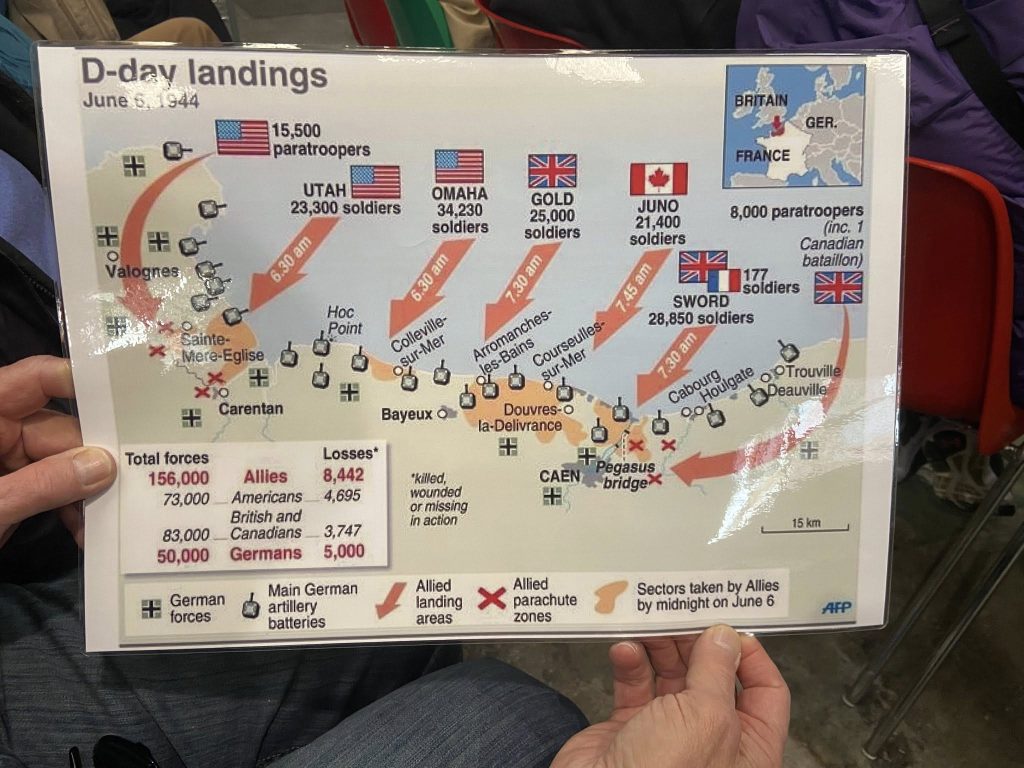
My recent trip to Normandy and participation in an Edmonton commemoration of the liberation of the Netherlands inspired me to create a 5-week series of blog posts based on business insights gained. My journey to Normandy occurred this April; almost 81 years after D Day and on the 80th anniversary of the liberation of the Netherlands by Canadian Soldiers. Between late summer 1944 and spring 1945, Canadian troops liberated great swaths of France, Belgium, and the Netherlands. They joined other Allied troops in the invasion of Nazi Germany from the west. Casualties were heavy, with many military successes and lessons learned. We can learn from their successes and failures. My Dad was one of those Canadians.
Business Lessons From Juno Beach and Beyond
1. Planning and Preparation

Months of meticulous planning, preparation and testing, including the Dieppe Raid were critical to success of the Allied landing and advances. Every aspect had to be considered and detailed from selecting the landing sites, monitoring tides and weather, synchronizing naval bombardments, air support, troop movements and supply logistics.
Canada’s part was massive!
- The third Canadian Infantry division and aligned armored corps (of which may Dad was a part) trained in secrecy for nearly a year in England and Scotland before the landing.
- Canadian engineers rehearsed clearing beach obstacles and mines on simulated shorelines.
- The Royal Canadian Army Service Corps detailed supply chains, forecast fuel and essential supplies needs, and developed contingency and risk mitigation plans. More about the RCASC in next week’s blog.
“In preparing for battle I have always found that plans are useless, but planning is indispensable.” – Dwight D. Eisenhower
Preparation enables agility.
When things did not go according to plan on D Day or in the many hard months that followed it was the depth of preparation that enabled quick adjustments. Commanders and troops on the ground had options. The lesson for our businesses is that to be agile, we must plan ahead. As one astute and successful project manager told me many years ago, “A plan is a basis from which to make change.” As the Cheshire Cat said to Alice “If you don’t know where you are going, any road will take you there.“. So document the workflows for new products and services. Model a range of financial scenarios based on varying assumptions. Engage in risk identification. Develop risk response and mitigation plans.
Next week – Logistics and Resource Management

